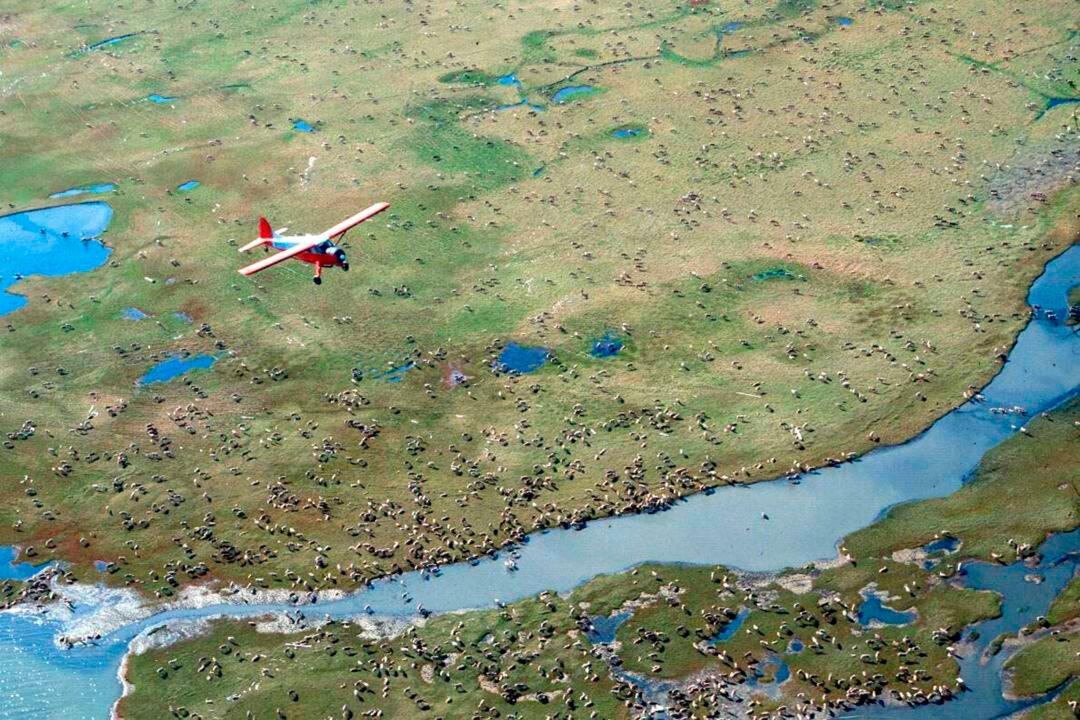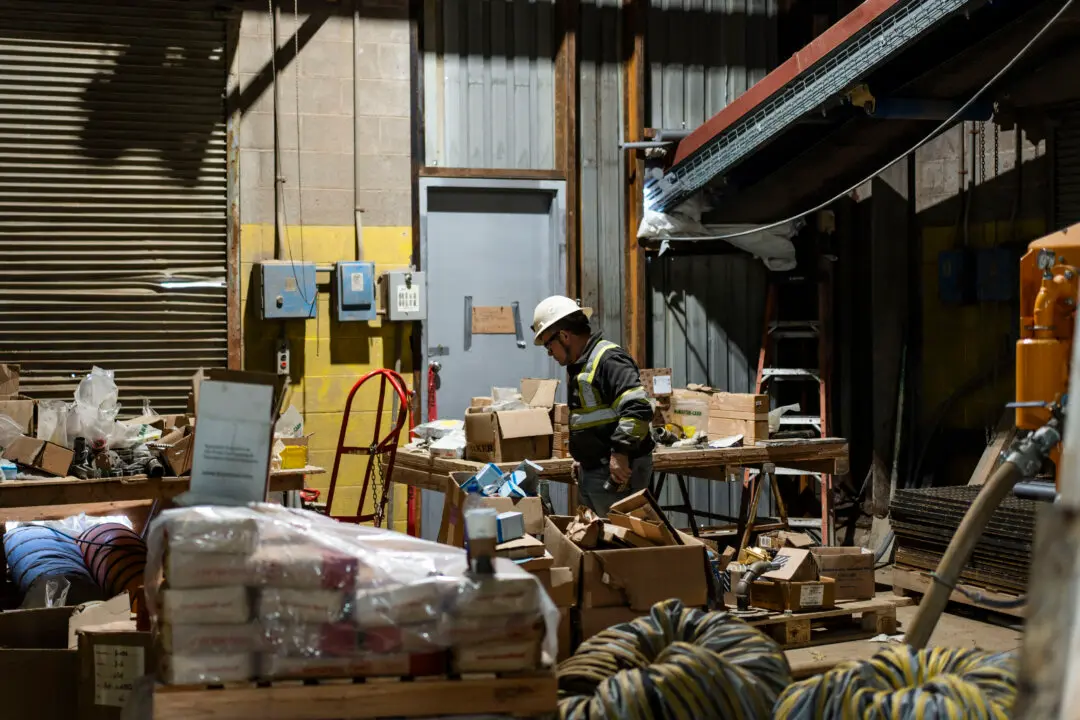The Trump administration approved an oil and gas leasing program within the Arctic National Wildlife Refuge (ANWR), a 1.56-million-acre swath of land on Alaska’s north shore along the Beaufort Sea.
The Department of the Interior on Aug. 17 approved the program, with Secretary David Bernhardt signing the Record of Decision, which will determine where oil and gas leasing will take place in a section of the coastal plain known as the “1002 area.”





